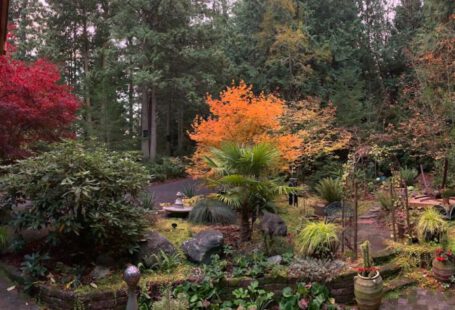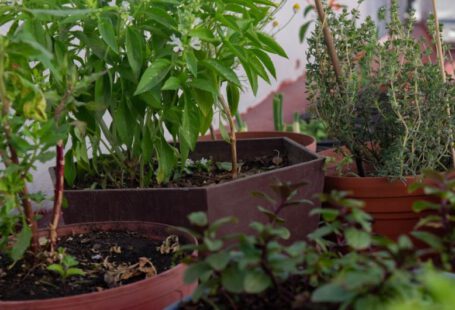Gardening is not only a rewarding hobby but also a way to connect with nature and contribute to environmental preservation. One method that is gaining popularity among gardeners is the no-till gardening approach. No-till gardening is a sustainable technique that helps preserve soil health and structure by minimizing disturbances to the soil ecosystem. In this article, we will explore how you can create a no-till garden for soil preservation, promoting a healthy and thriving garden while reducing your environmental impact.
Understanding the No-till Concept
No-till gardening is a technique that involves planting and growing crops without disturbing the soil through tillage. Traditional gardening practices, such as tilling, can disrupt the natural structure of the soil, leading to erosion, compaction, and loss of beneficial microorganisms. By avoiding tilling, no-till gardens maintain a healthy soil structure that supports plant growth and biodiversity.
Choosing the Right Location
Selecting the right location for your no-till garden is essential for its success. Choose a spot that receives adequate sunlight for the plants you want to grow. Ensure that the area has good drainage to prevent waterlogging, which can be detrimental to plant roots. Avoid areas prone to flooding or with compacted soil, as these conditions can hinder plant growth in a no-till setting.
Preparing the Soil
One of the key principles of no-till gardening is to disturb the soil as little as possible. Instead of tilling the land, focus on building healthy soil through the addition of organic matter. Start by layering compost, straw, leaves, or other organic materials on top of the soil. These materials will gradually break down, enriching the soil with nutrients and improving its structure.
Planting in Layers
In a no-till garden, planting in layers is a common practice that mimics the natural process of soil formation. Begin by planting cover crops or green manure to protect the soil and add organic matter. Cover crops like clover, vetch, or legumes help suppress weeds, fix nitrogen in the soil, and prevent erosion.
Once the cover crops have established, you can plant your main crops directly into the soil or through the mulch layer. Mulching is another essential aspect of no-till gardening, as it helps retain moisture, suppress weeds, and regulate soil temperature. Use organic mulches like straw, wood chips, or leaves to create a protective layer over the soil.
Maintaining the Garden
Regular maintenance is crucial to the success of a no-till garden. Monitor the soil moisture levels and water accordingly to ensure that your plants are healthy and thriving. Keep an eye out for weeds and remove them by hand to prevent competition for nutrients and sunlight.
Additionally, rotating crops and practicing crop diversity can help prevent disease and pest infestations in a no-till garden. By varying the types of plants you grow, you can disrupt pest cycles and improve soil health over time.
Adapting to Challenges
Despite its benefits, transitioning to a no-till garden may present challenges, especially if you are used to traditional gardening methods. Patience and observation are key to overcoming these challenges and adapting to a new way of gardening. Keep track of your garden’s progress, experiment with different techniques, and be open to learning from your experiences.
Embracing the No-till Philosophy
Creating a no-till garden is not only beneficial for soil preservation but also for promoting sustainable gardening practices. By adopting the no-till philosophy, you can contribute to the health of the soil, reduce your environmental footprint, and enjoy a bountiful harvest year after year. With careful planning, patience, and dedication, you can create a thriving garden that nurtures both plants and soil, embodying the principles of sustainability and conservation.





